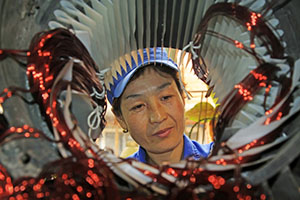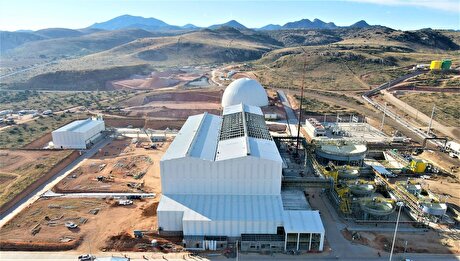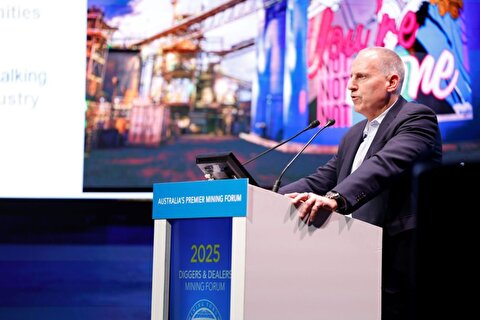
China slowdown a big threat to industrial metals in 2019 — analyst


BMO analyst Colin Hamilton said in a note to investors Friday there were many questions in the metals market raised by the trend in China of positive fiscal spending statements, but weak consumer-led data points.
One of the main questions, he wrote, is whether the Chinese government is doing what’s needed to stop the downward trend.
“This really is the big question for the current year, and the jury is still out,” Hamilton said. “We anticipate the measures taken will start to yield results towards the end of the first quarter.”
Beijing has adopted a series of fiscal and monetary stimulus measures since the summer, but a factory survey this week showed China’s manufacturing sector contracting — the latest in a string of data indicating that growth continues to slow down.
The country’s central bank has announced it would inject a $117 billion into the banking system by cutting the share of deposits that commercial banks must hold in reserve, in an effort to boost lending.
To top that off, Kevin Hassett, chairman of the White House Council of Economic Advisers, cautioned Thursday that more U.S. companies can be expected to lower earnings forecasts as the softer Chinese economy cuts into their sales.
Despite the gloom and doom, BMO Metals believes it’s “highly unlikely” for 2019 to become the year China’s debt crisis comes home to roost and growth slumps. “Risks are rising; however, we think the country still has enough wiggle room to avoid systemic risk,” Hamilton noted.
Battery Metals
Some of the end-use areas in which the analyst expects better demand growth over 2019 are, in fact, those exposed to Chinese infrastructure. These include high speed rails, UHV lines, electric vehicles’ charging stations, and, especially, packaging and machinery.
In terms of the so-called battery metals, BMO warns that China’s decision to lower many of its EVs subsidies for 2019 by about 30% compared to last year, is nothing but bad news for nickel, though it expects the impact on penetration rate forecasts to be limited.
The BMO analyst concludes its note by saying that metals producers may surprise this year, as cash-rich miners have potential to show better productivity at existing assets and lower like-for-like costs.


Gold price edges up as market awaits Fed minutes, Powell speech

Glencore trader who led ill-fated battery recycling push to exit

Emirates Global Aluminium unit to exit Guinea after mine seized

UBS lifts 2026 gold forecasts on US macro risks

Iron ore price dips on China blast furnace cuts, US trade restrictions

Roshel, Swebor partner to produce ballistic-grade steel in Canada

US hikes steel, aluminum tariffs on imported wind turbines, cranes, railcars

EverMetal launches US-based critical metals recycling platform

Afghanistan says China seeks its participation in Belt and Road Initiative

First Quantum drops plan to sell stakes in Zambia copper mines

Ivanhoe advances Kamoa dewatering plan, plans forecasts

Texas factory gives Chinese copper firm an edge in tariff war

Pan American locks in $2.1B takeover of MAG Silver

Iron ore prices hit one-week high after fatal incident halts Rio Tinto’s Simandou project

US adds copper, potash, silicon in critical minerals list shake-up

Barrick’s Reko Diq in line for $410M ADB backing

Gold price gains 1% as Powell gives dovish signal

Electra converts debt, launches $30M raise to jumpstart stalled cobalt refinery

Gold boom drives rising costs for Aussie producers

First Quantum drops plan to sell stakes in Zambia copper mines

Ivanhoe advances Kamoa dewatering plan, plans forecasts

Texas factory gives Chinese copper firm an edge in tariff war

Pan American locks in $2.1B takeover of MAG Silver

Iron ore prices hit one-week high after fatal incident halts Rio Tinto’s Simandou project

US adds copper, potash, silicon in critical minerals list shake-up

Barrick’s Reko Diq in line for $410M ADB backing

Gold price gains 1% as Powell gives dovish signal

Electra converts debt, launches $30M raise to jumpstart stalled cobalt refinery

















